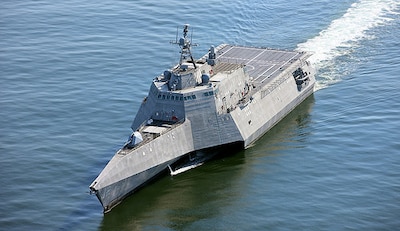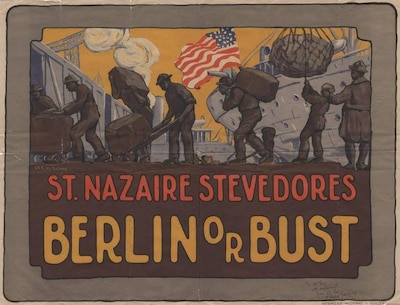By Air Force Senior Airman Quay Drawdy 18th Wing
KADENA AIR BASE, Japan, Feb. 1, 2018 — The airmen of the 31st
Rescue Squadron here provide invaluable rescue services and conduct training,
ranging from fast-rope rescue drills over land and sea to practice insertions
by parachuting from aircraft.
.
Those that do the job perform their duties quickly and
effectively, but they could never pull it off without the work that goes on
behind the beating of the helicopters’ blades.
Air Force Senior Airman Andres Cervantes, 31st RQS command
support staff, helps to keep the well-oiled machine of the 31st rolling without
a hitch.
Best Assignment
“This is the best assignment I’ve ever had,” Cervantes said.
“I wake up ready to come to work, making sure all of the tasks and requests
from commanders or major commands can be worked by the squadron.”
According to Cervantes, working with such a fast-paced
squadron like the 31st requires dedication and a willingness to find the harder
solutions.
“Airman Cervantes is an incredibly motivated troop,” said
Air Force Senior Master Sgt. Nathan Cox, 31st RQS superintendent. “He’s always
ready to step in to fill any gaps and is always eager to learn, taking
opportunities to lead because he wants to do it. He has a fire in him that
can’t be taught.”
.
Cervantes said he looks “for ways to reduce stress and make
things easier for the guys. Making sure they get paid correctly for their
flights, deployments or a temporary duty assignment is a big part, but little
things count, too. Making sure there is a hot plate of food ready for someone
coming in from a long flight or just arriving to us is one small thing I can do
to make things easier on them.”
Morale-Building Activities
Aside from the small comforts of providing something to eat
after a rough trip, Cervantes works on larger projects to help keep morale up
for not only the airmen, but their families, too.
“I work closely with the booster club, a nonprofit
organization that helps pay for morale events,” Cervantes said. “Parties for
inbound or outbound members are pretty common, but Rescue Fest is our biggest
event. We invite out the families and anyone else from around base that wants
to attend. This year, the task fell to me a bit more due to some of the other
members being TDY.”
Working to keep morale high and training up-to-date are
motivators in their own right, but Cervantes has a bit more pushing him
forward.
Family Life
“Family is a big driver for me,” he said. “I’m the first in
my family to enlist and it helps me set an example for my brothers and my kids.
I’m working toward taking advantage of the Palace Front program to take part in
ROTC to ultimately commission. I want to set my family up as much as possible,
so they keep me motivated.”
With all of his work and positive attitude, it’s no surprise
Cervantes will be missed when he moves on to his next duty station.
“We’ll continue down the current path and keep Cervantes as
long as he’ll stay around,” Cox said. “He’s got a cheerful personality, very
professional, and makes the room a bit brighter. It gives me hope for his
future.”








